Focus on avoiding and reversing heart disease NOT merely lowering cholesterol
I have written before about how critical having a clear goal / target / focus is, in any health change program. So I ask you – what is your goal when it comes to reducing your cholesterol?
There is a huge difference between seeking to reduce cholesterol as an end in itself, vs. seeking to improve heart health.
This lack of distinction is what has erroneously sent millions of people world-wide to take cholesterol lowering drugs (Statins) everyday, even though, these same drugs have side effects that outweigh most of the positive impact the recipients get from the drugs.
What is heart disease?
The British Heart Foundation defines it as the following: “Coronary heart disease (angina and heart attack) and stroke may be caused by the same problem –atherosclerosis. This is when your arteries become narrowed by a gradual build-up of fatty material (called atheroma) within their walls.” High blood cholesterol as we all know by now, is one of the risk factors for heart disease, and Western society has been focussed almost exclusively on this risk factor for the last 30+ years, as though by reducing this high cholesterol, we would be tackling heart disease at the same time. Well unfortunately, this simply isn’t true – high cholesterol, which the statins address, is a relatively weak risk factor for developing atherosclerosis.
So how do we avoid atherosclerosis?
In Cut your Cholesterol, Dr. Sarah Brewer points out that when we make or ingest too much cholesterol, the amount circulating in our bloodstream increases. If you are unable to protect this circulating cholesterol through your diet, it becomes oxidized. The body then recognizes the oxidized cholesterol as foreign, and scavenger cells called Macrophages engulf the oxidized cholesterol to form foam cells. These foam cells then try to sneak out of your circulation by squeezing through your artery walls. They can’t quite make it, and become trapped here due to their size. These then accumalate over time, where they collect into fatty streaks along your artery walls which are the dreaded plaques that gunk up the inside of your arteries and causes eventual heart attacks, strokes, and death.
Many nutritionists now believe that coronary heart disease is not so much linked to a high saturated fat intake, but to a lack of dietary antioxidants that protect circulating fats from oxidation.
When you protect circulating fats properly, they don’t get oxidized, and therefore don’t have the chance to turn into atheroma. In a Harvard University study when the dietary habits of 126,000 men and women aged 34 to 75 were analyzed, it showed that the risk of coronary heart disease was reduced by 4% with just one additional serving of fruit or vegetables per day. “Our data support a protective effect of greater consumption of fruits and vegetables, in particular green leafy vegetables and vitamin C-rich fruits and vegetables, against risk for coronary heart disease,” said Dr. Kaumudi J. Joshipura and his colleagues at Harvard University. “The mechanisms through which vegetables and fruits protect against cardiovascular disease are likely to be multiple,” because they contain myriad compounds.
Help your body heal itself
Bill Clinton has talked extensively about his quest to reverse his heart disease and his strong motivator to do so, which is to be around to see his grandchildren. In this article by Dr. Joel Fuhrman, it is reported that Clinton “is now following a plant-based diet, similar to those described by Dean Ornish, M.D. and Caldwell Esselstyn, M.D. Clinton has cut out all meat (except for occasional fish) and dairy from his diet — he says that he lives on “beans, legumes, vegetables, fruit.” Clinton appears to be truly enjoying his newfound lease on life, and the doctors that pioneered this diet based treatment, “Drs. Ornish and Esselstyn then also appeared on CNN where they explained that removing the foods that cause blood vessel damage and providing the body with copious phytonutrients can facilitate the body’s natural healing processes to reverse existing heart disease and restore quality of life.”
I’ll be talking more about reversing heart disease in future posts, but for now keep in mind that vegetables and fruits are highly powerful substances that can halt and reverse heart disease, and that for every extra apple, orange, green salad, and stir-fry that you eat, you are protecting yourself from heart disease by an additional 4%. So make you sure you watch my video, or read my post about having a green smoothie every day, and then on top of this, start adding extra vegetables and fruits to your diet at every meal. To get you started, some real winners in the antioxidant sweepstakes with high antioxidant (ORAC values) include broccoli, kale, tomatoes, spinach, sweet potatoes, red onions, red peppers, blueberries, apples and garlic.




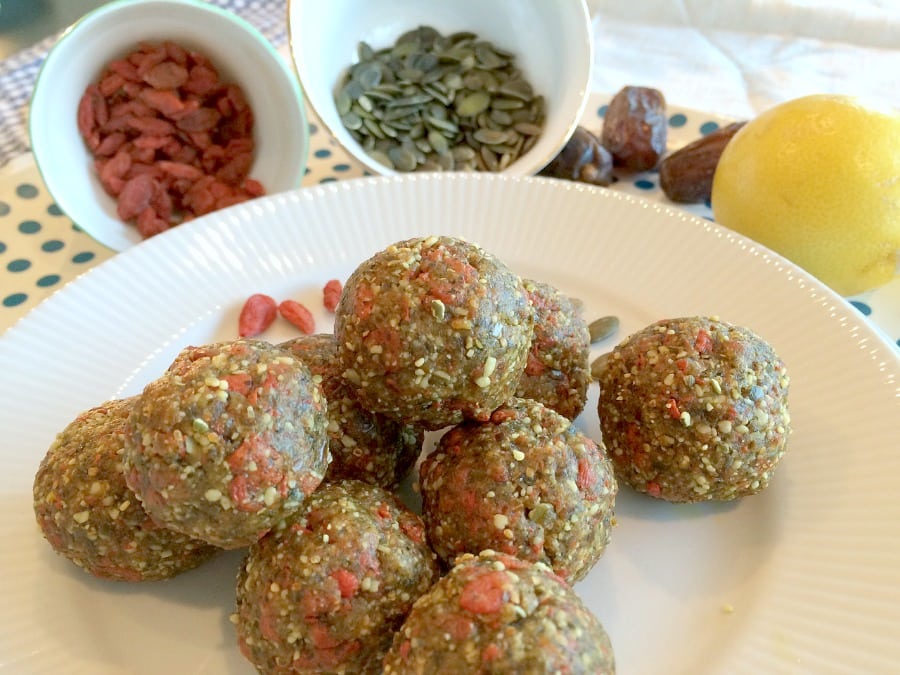
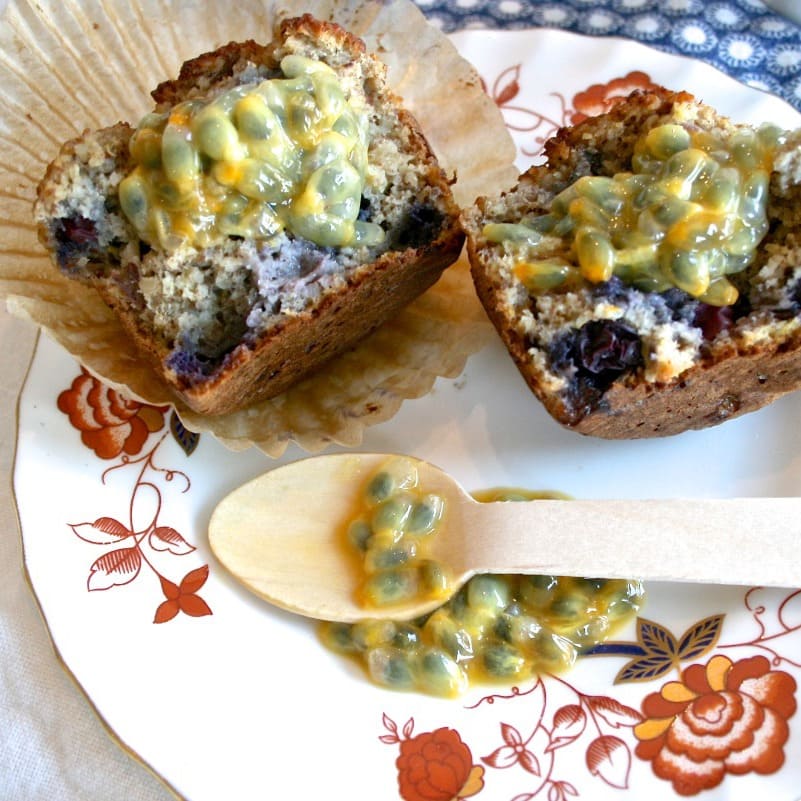
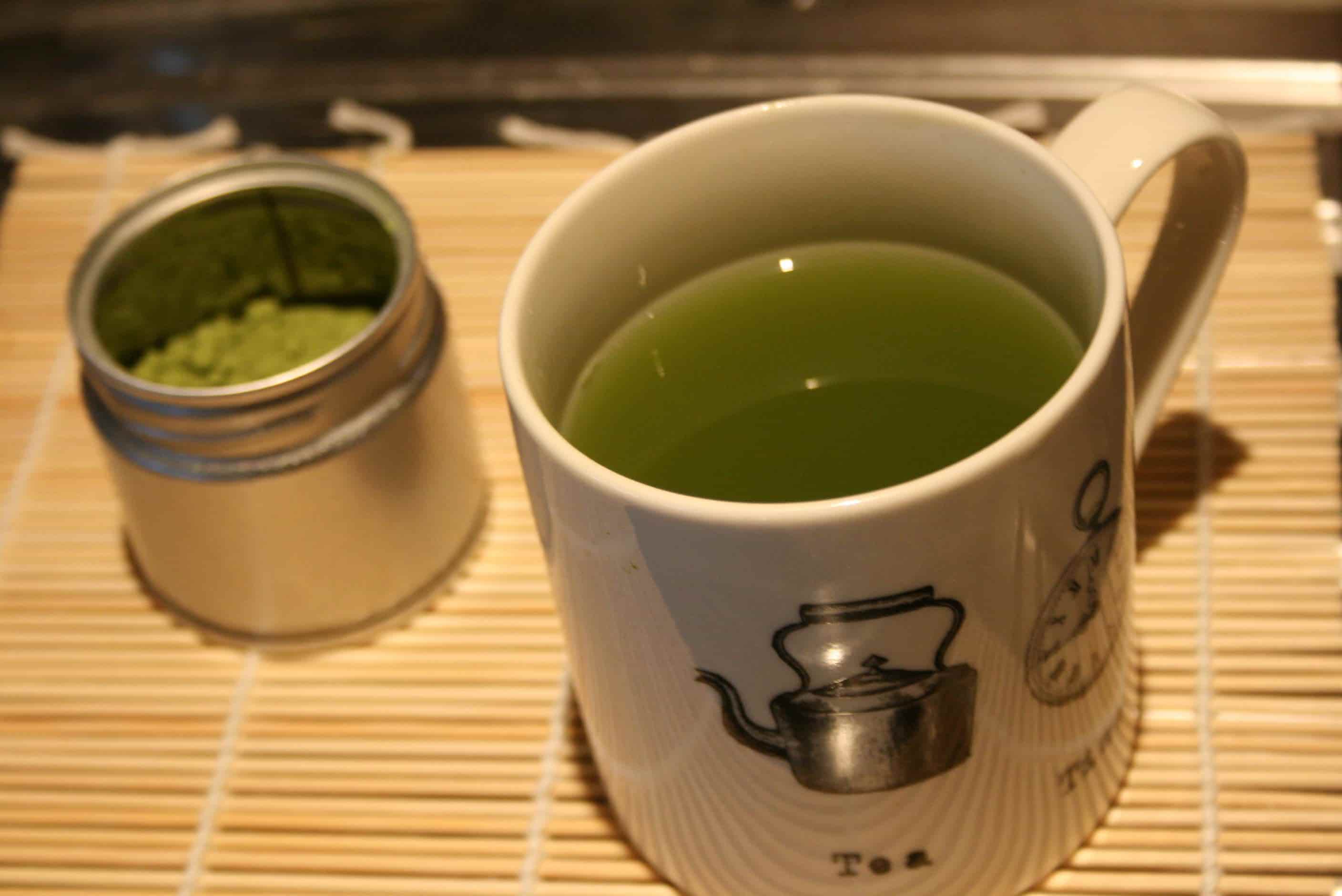
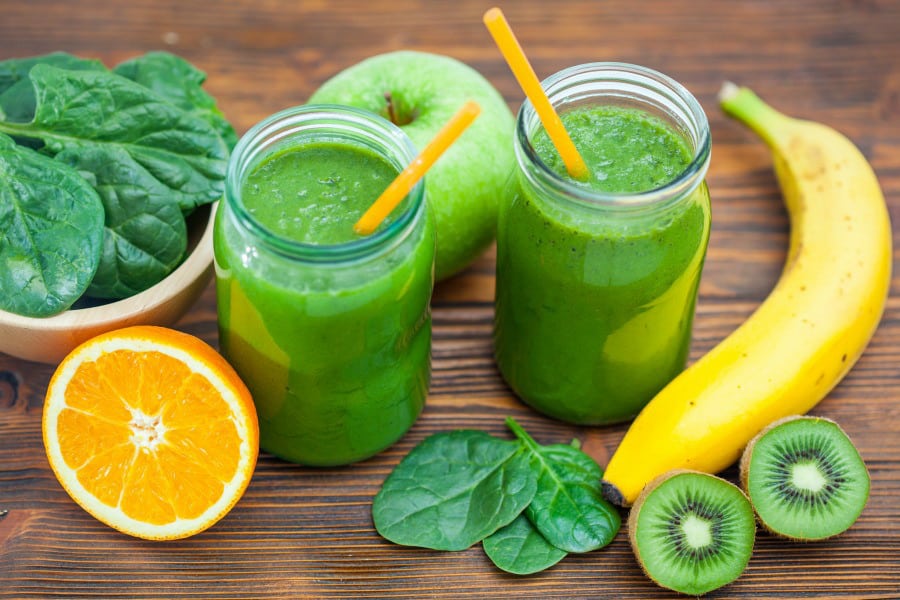
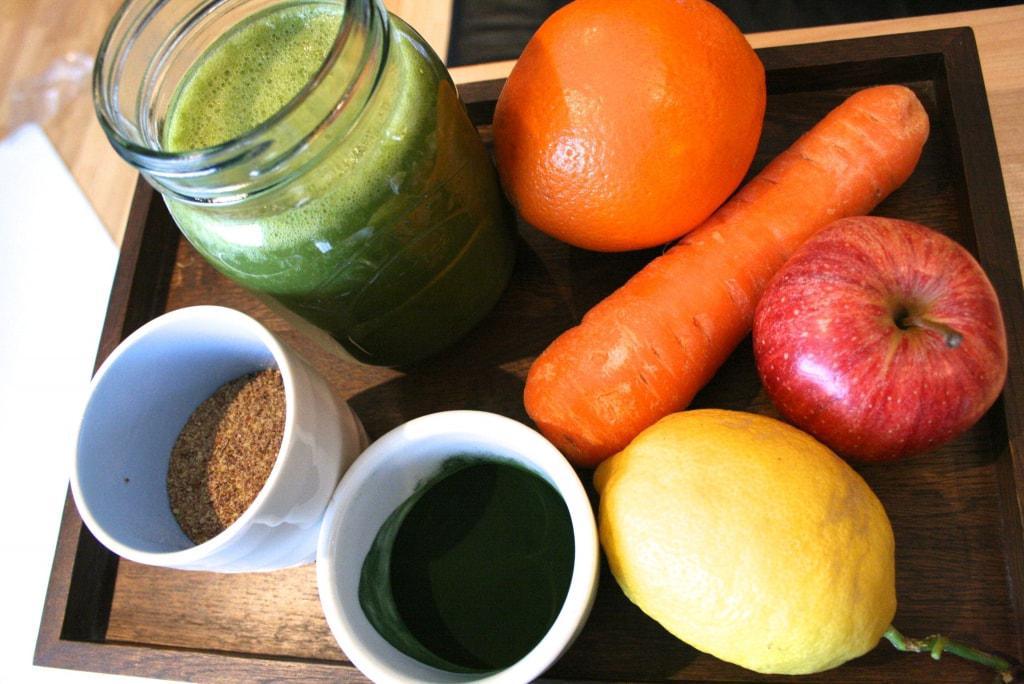
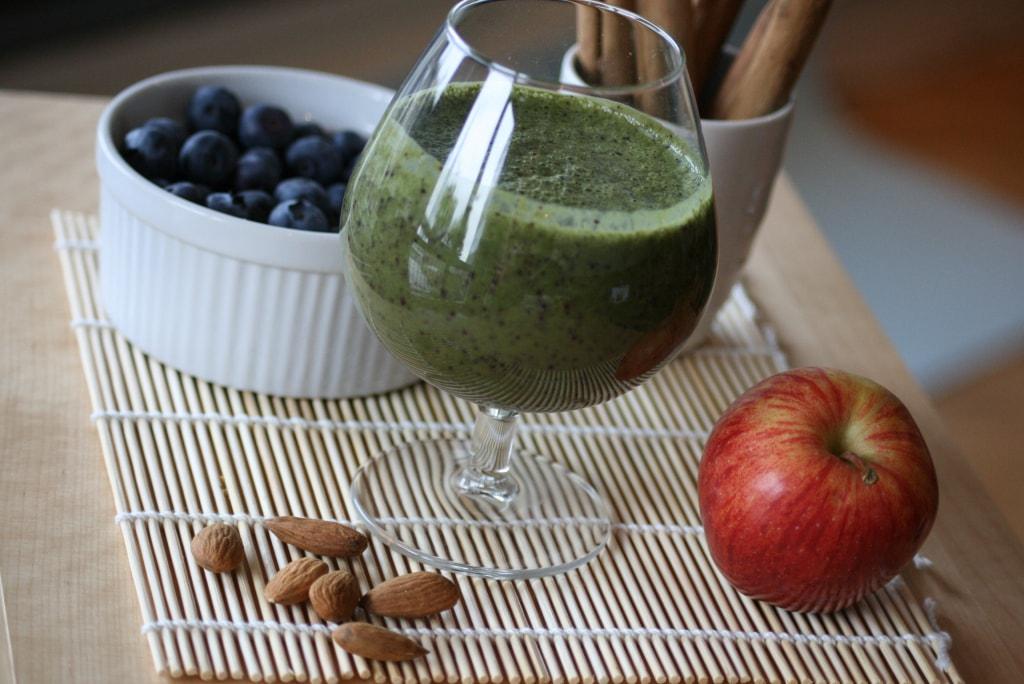
Hello there! This article could not be written much better!
Looking through this post reminds me of my previous roommate!
He constantly kept talking about this. I will forward this information to him.
Fairly certain he’ll have a great read. Many thanks for sharing!